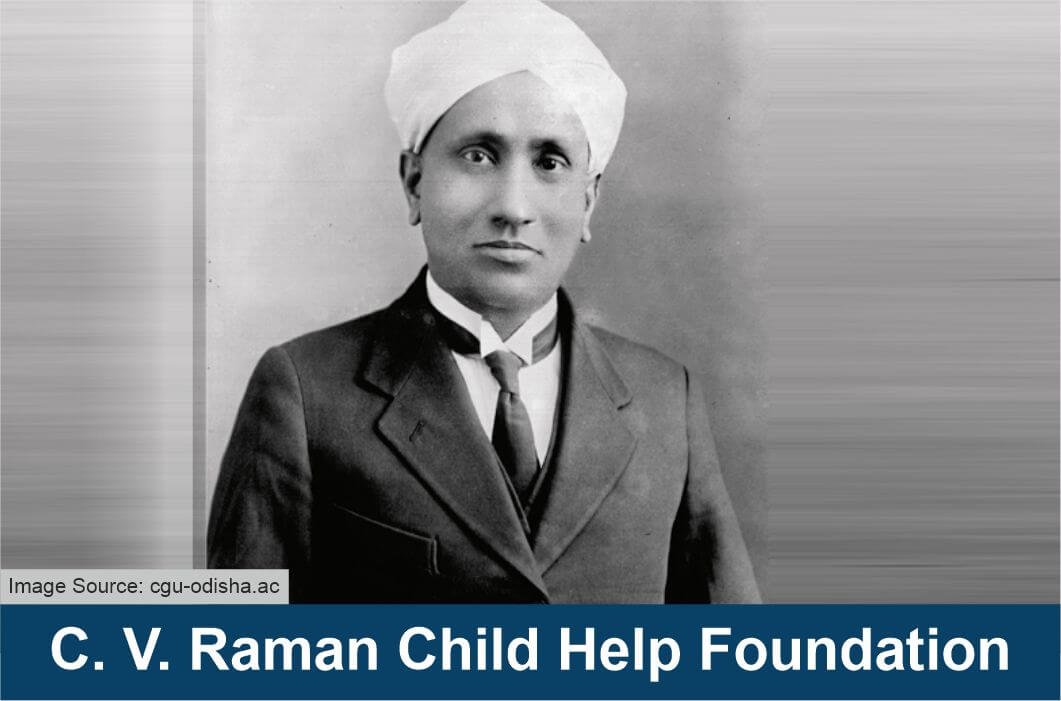Sir Chandrasekhara Venkata Raman, commonly known as C.V. Raman, was one of the greatest scientists in Indian history. A recipient of the Nobel Physics Prize in 1930 for his work on the scattering of light and discovering the phenomenon named after him, the Raman Effect, he became the first Asian to win a Nobel Prize in any branch of science.
Born in Tiruchirappalli in the Madras Presidency of British India on 7th November, 1888, C.V. Raman was described as a child prodigy. C.V Raman completed his higher secondary education at the mere age of thirteen at St Aloysius' Anglo-Indian High School in Visakhapatnam, Andhra Pradesh. He then went on to study physics at Presidency College in Chennai, Tamil Nadu, where he was the topper at the University of Madras.
C.V. Raman published his first research paper on the diffraction of light when he was still a graduate student. His post-college career is equally astonishing as he was appointed the first Palit Professor of Physics at the Rajabazar Science College under the University of Calcutta. In 1926, he founded the Indian Journal of Physics. He then moved to Bangalore, now known as Bengaluru, to become the first Indian director of the Indian Institute of Science in 1933. Over there, he established the Raman Research Institute in 1948, where he worked until his last breath.
His career highlight, the discovery of the Raman Effect on 28 February 1928, has been declared as the National Science Day by the Government of India.
In this article, we will be looking at some of the most significant and important works of Sir C.V. Raman in honour of his birth anniversary.
Musical Sounds
Inspired by Hermann von Helmholtz's The Sensations of Tone, C.V. Raman decided to study musical sounds. C.V. Raman was fascinated by what he called a ‘remarkable appreciation of acoustical principles’ in Indian music. He studied Mridangam and Tabla, where he found that the mixture known as syahi, composed of iron oxide mixed with charcoal, starch and gum, gave the instruments their characteristic tone.
Blue Colour of the Sea
In 1910, Lord Rayleigh's explanation of the colour of the sea was regarded as the best explanation. According to Rayleigh, "The much admired dark blue of the deep sea has nothing to do with the colour of water, but is simply the blue of the sky seen by reflection". However, while aboard S.S. Narkunda with a Nicol in his hand, C.V. Raman observed that the sun's rays could be seen entering the water and appearing by virtue of perspective to converge to a point at a considerable depth inside it. He hypothesized that diffracting particles can be due to the molecules of the water themselves. It is now generally accepted that the colour of the water is due to the scattering of sunlight by the water molecules.
Raman Effect

The crowning achievement of C.V. Raman was the Raman Effect. After Raman’s discovery of the reasoning behind the colour of the seawater, he was now intrigued by the scattering of light. He measured the quantity of light scattered by liquid. He found out that the scattered light had a different light colour than the incident light in all liquids. This became known as the Raman Effect, which is today used by chemists and physicists to study materials.
Child Help Foundation (CHF) acknowledges the importance of C.V. Raman in the history of science. CHF wants to ensure that more future scientists come from the confines of India. Mini Science Centres have been established in many Ashram Schools by CHF, and CHF has also helped 4,86,141 students with their education.
Thank you for taking the time to read this article. Please share this blog with all your friends and family members.
